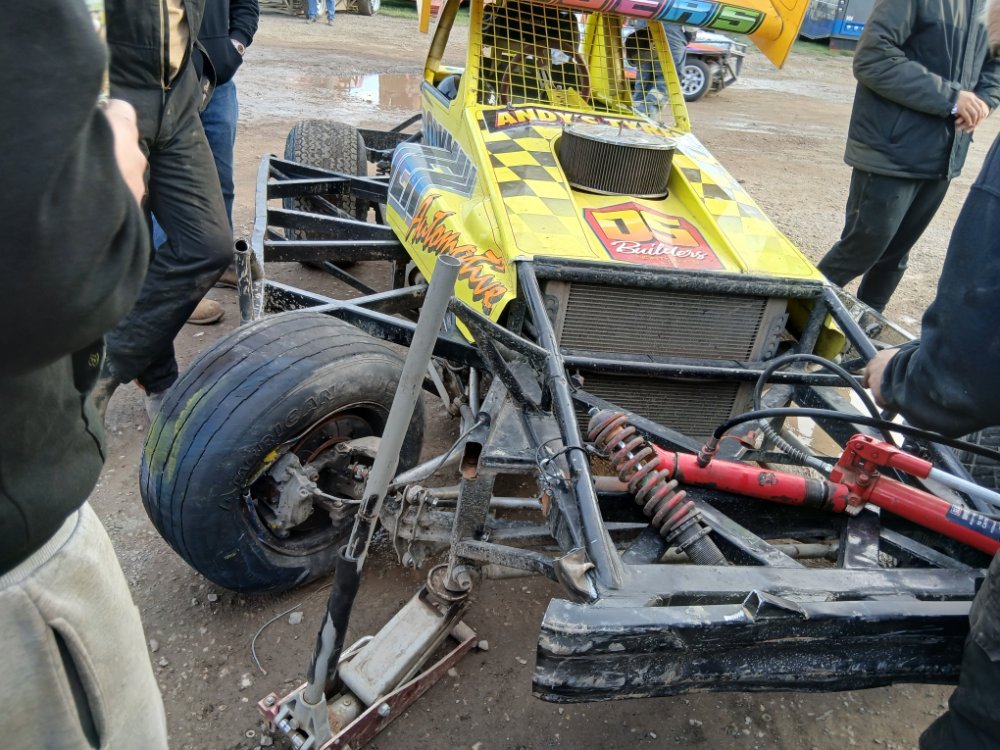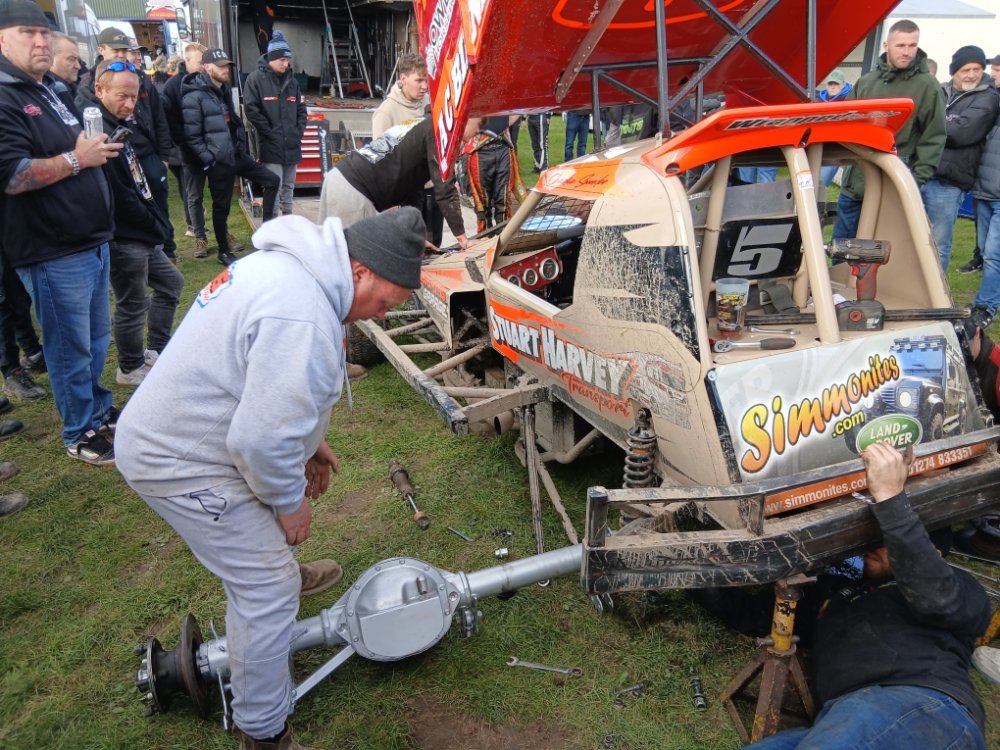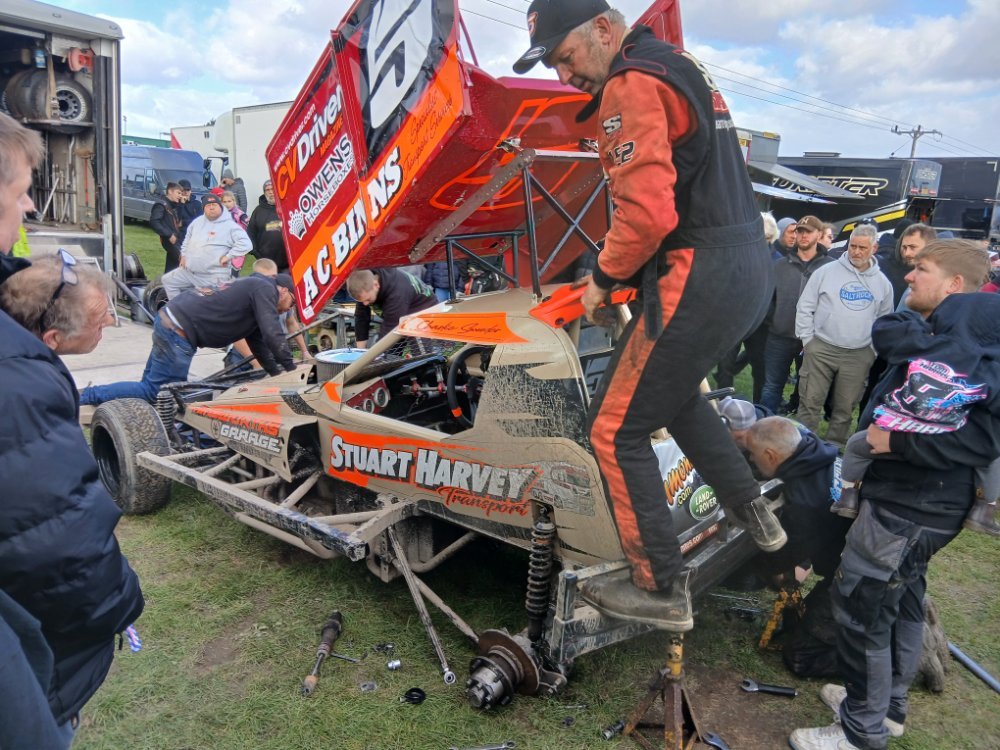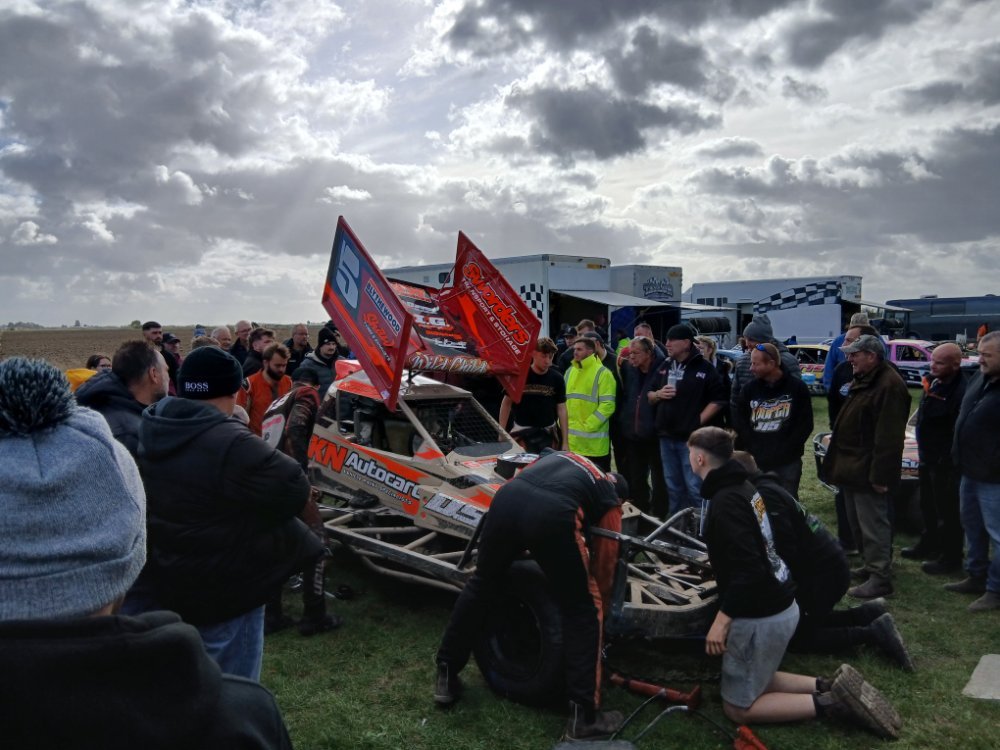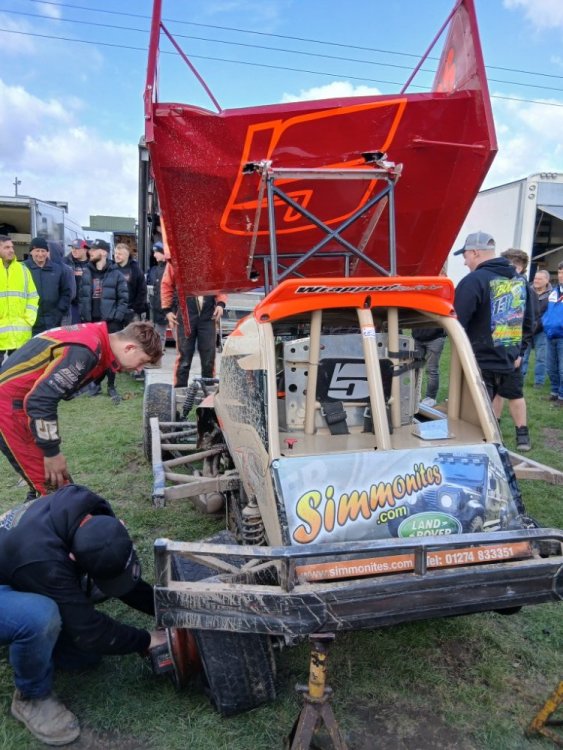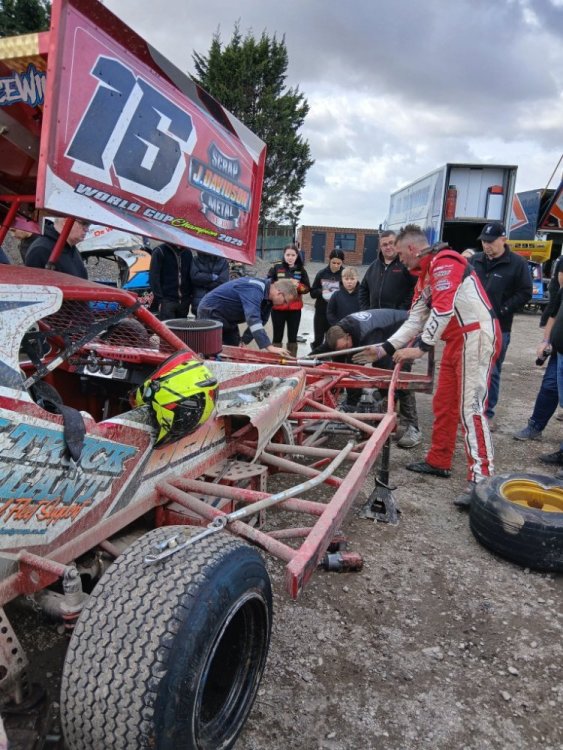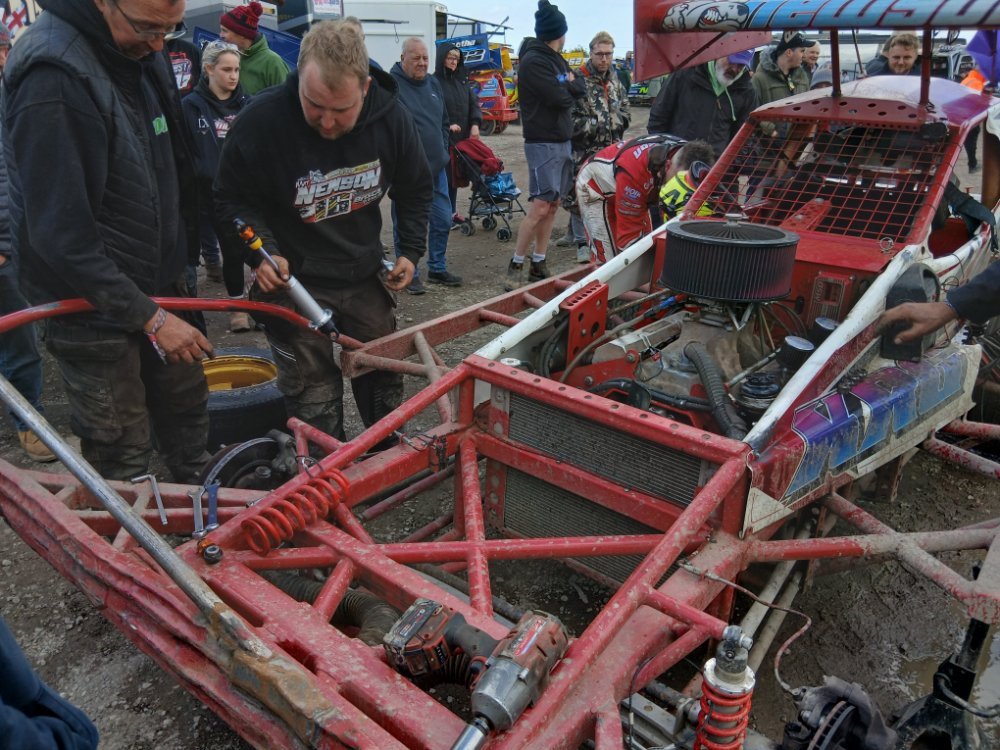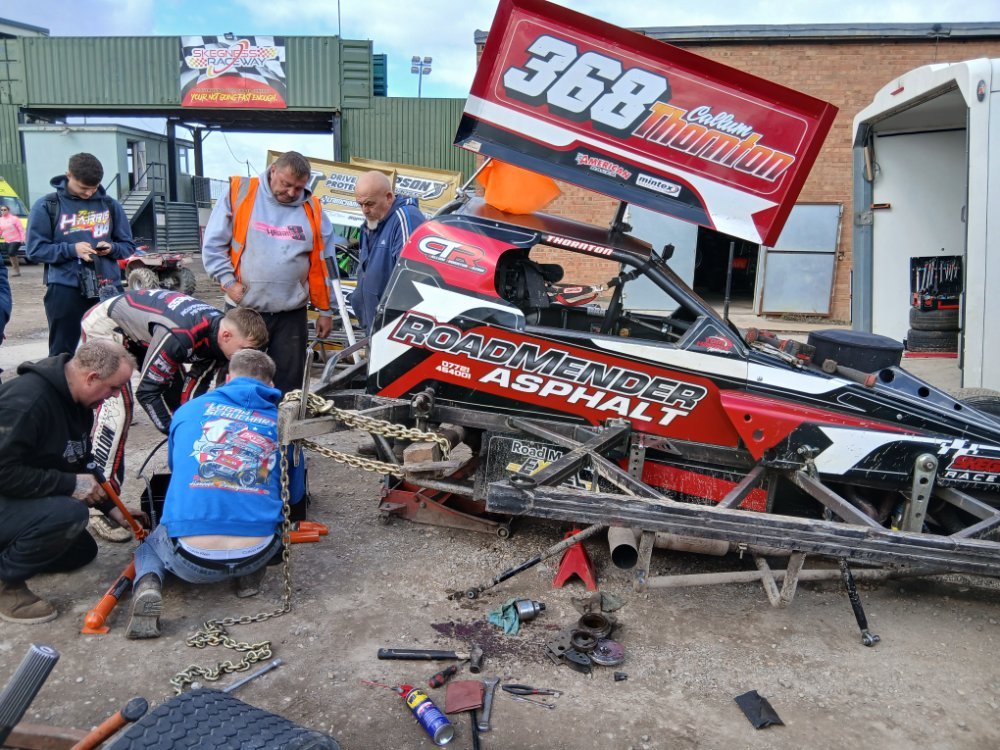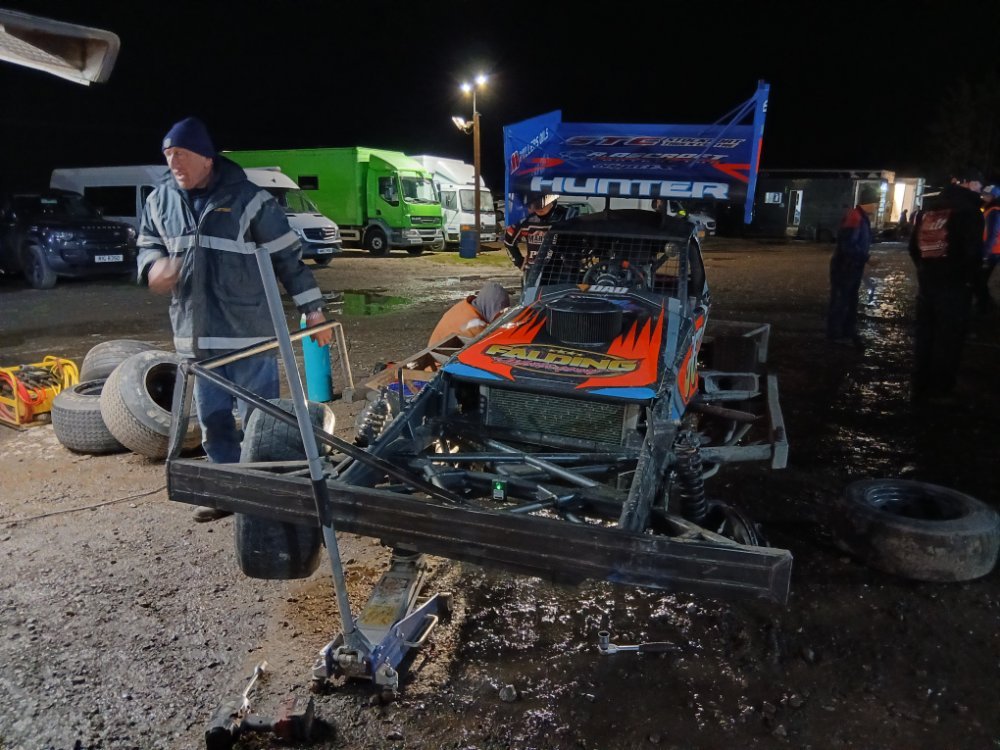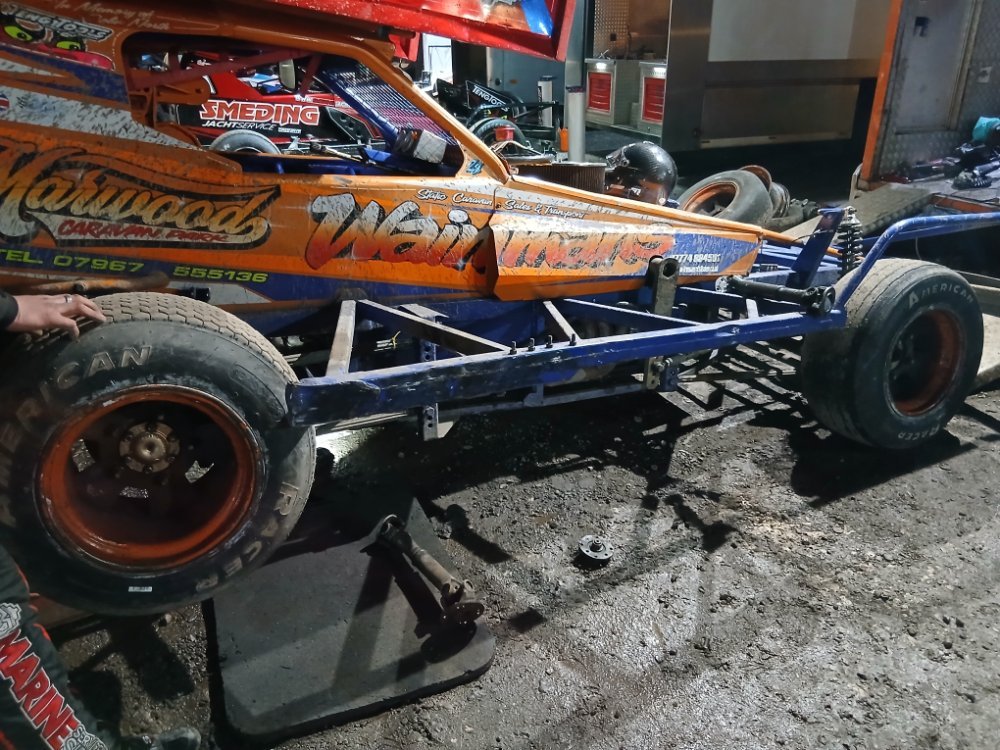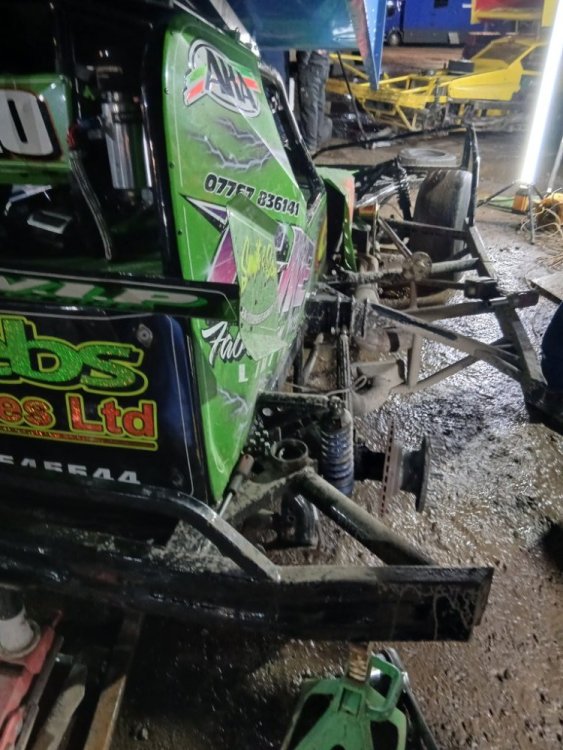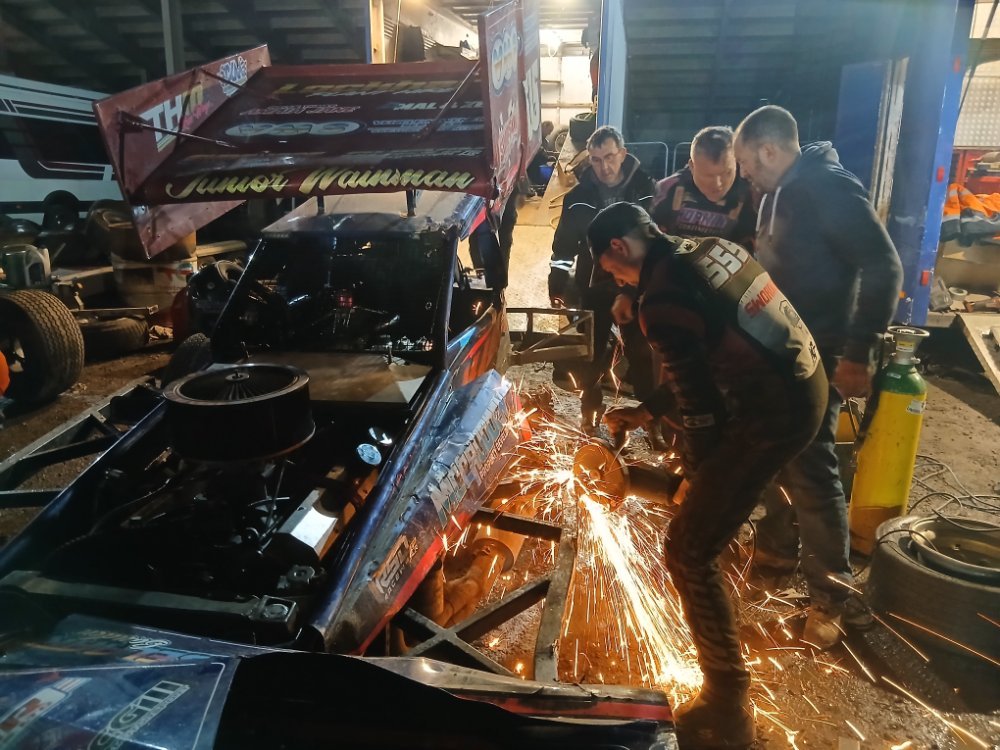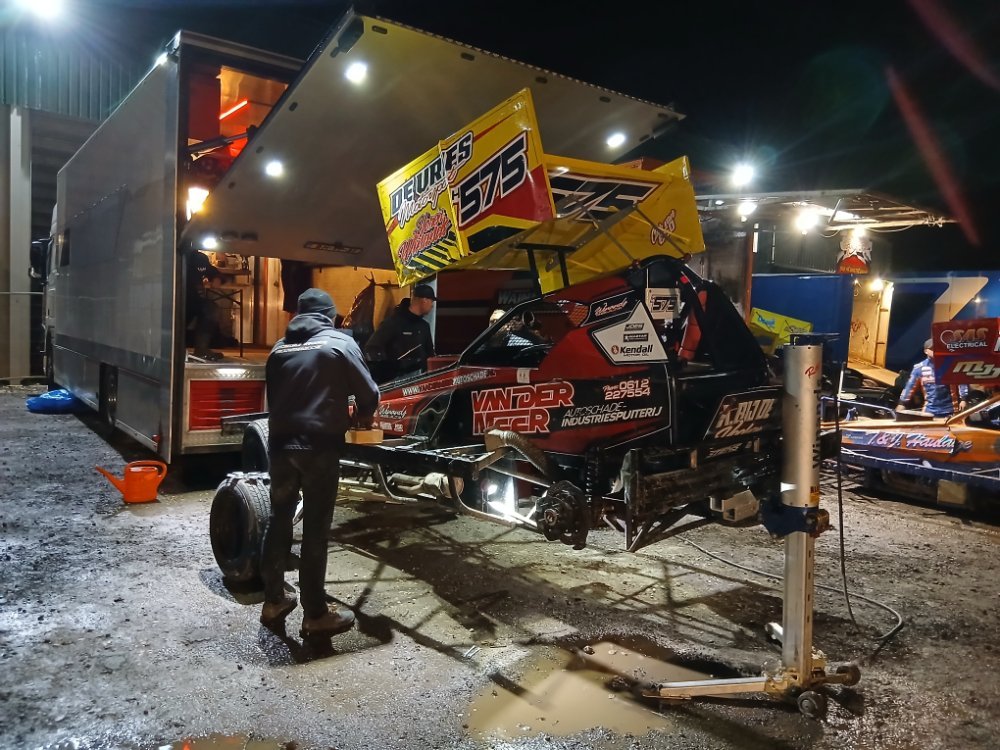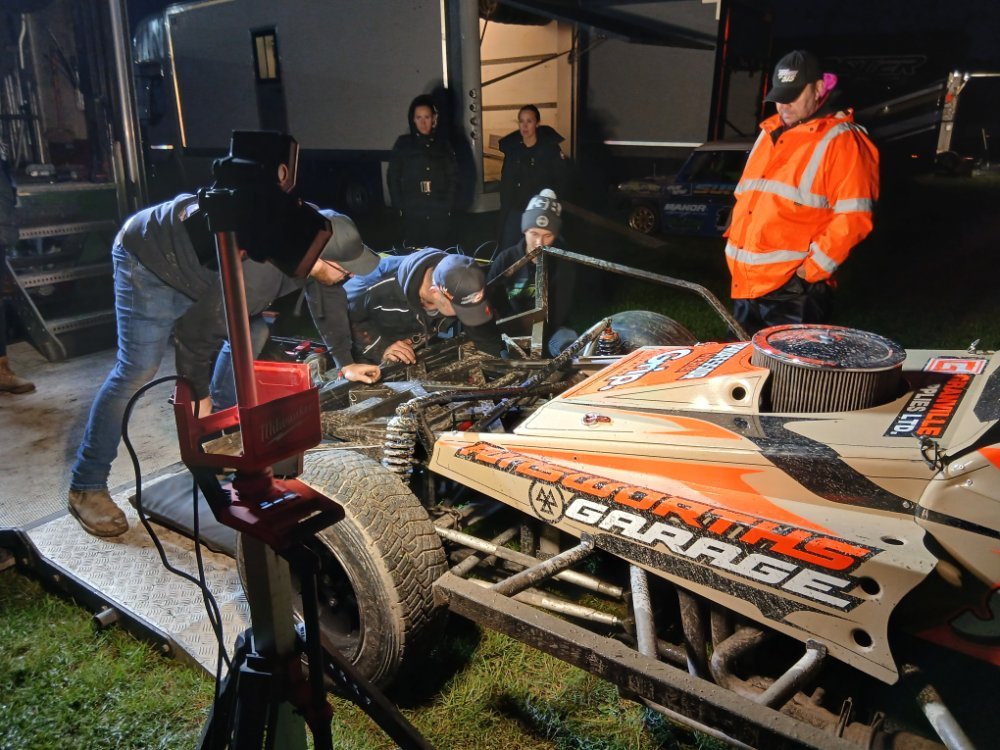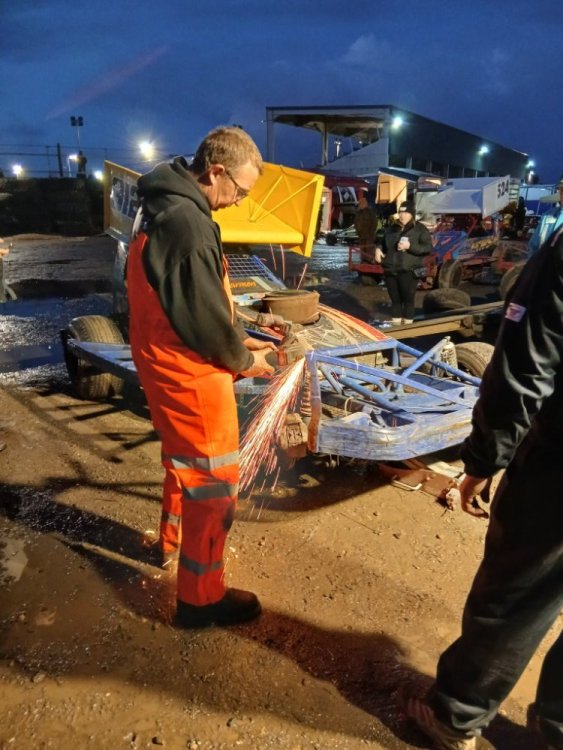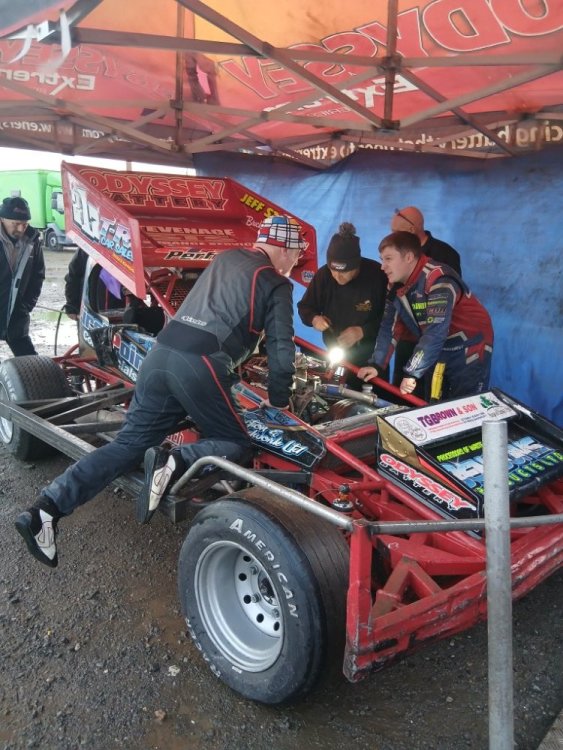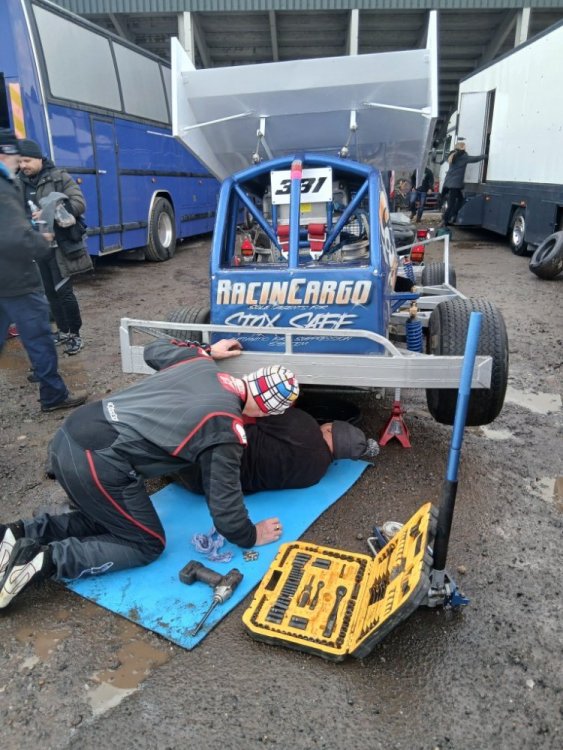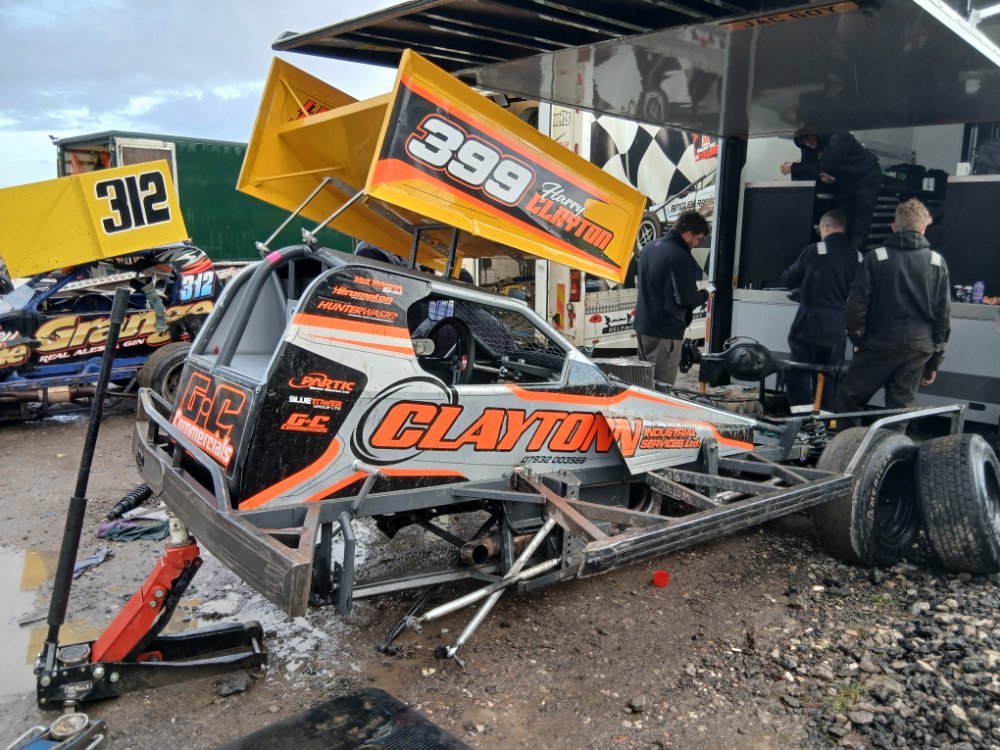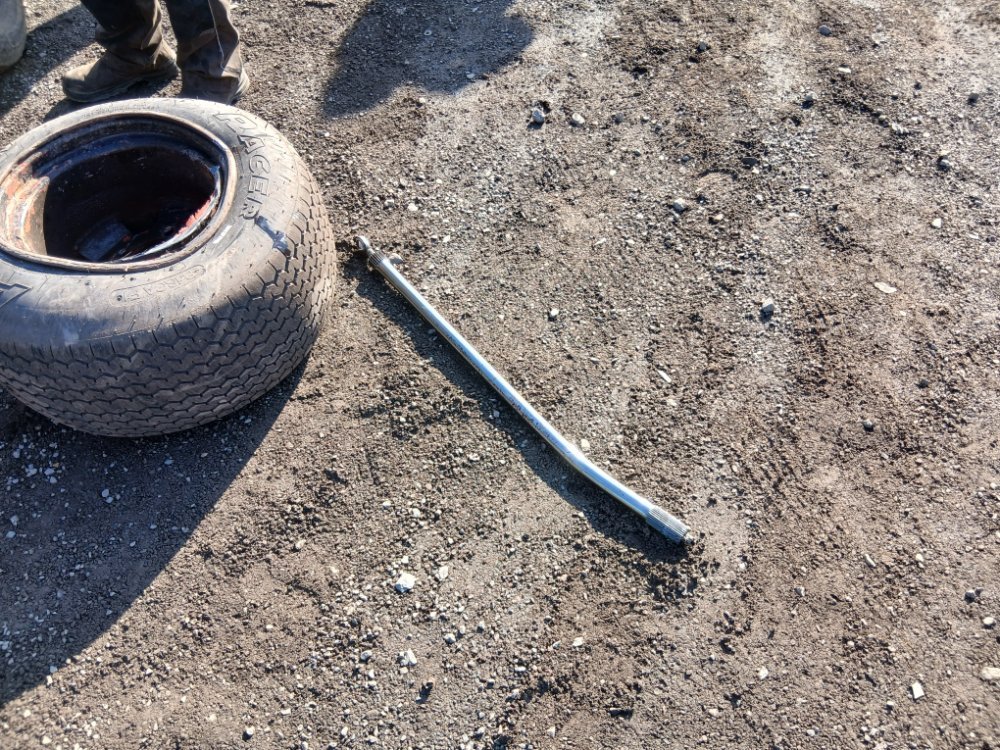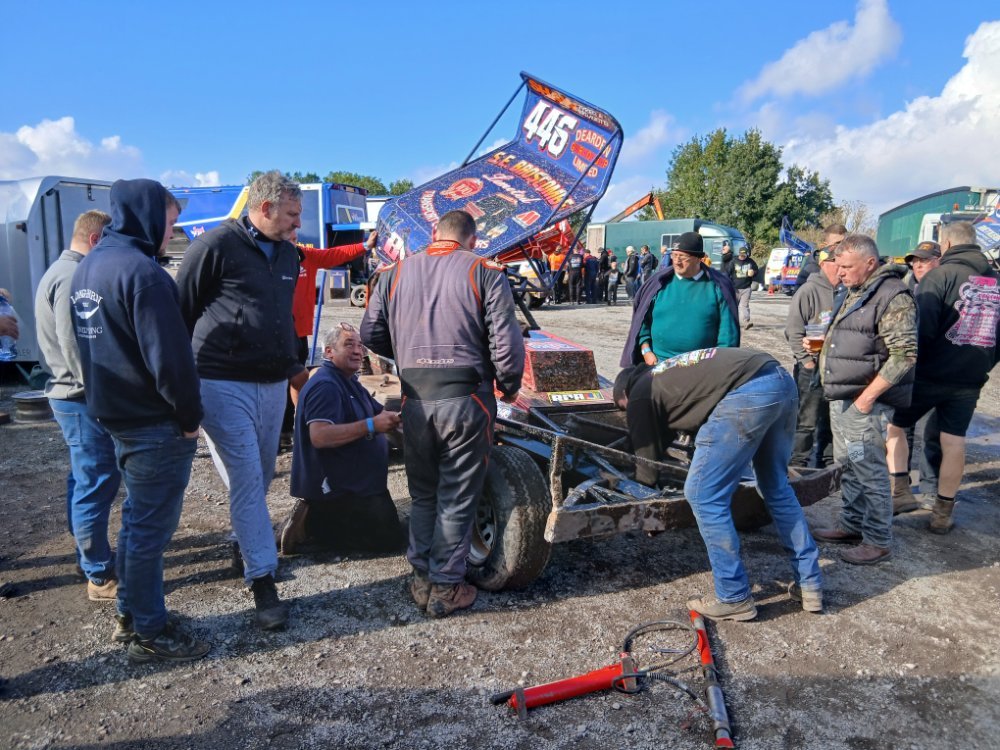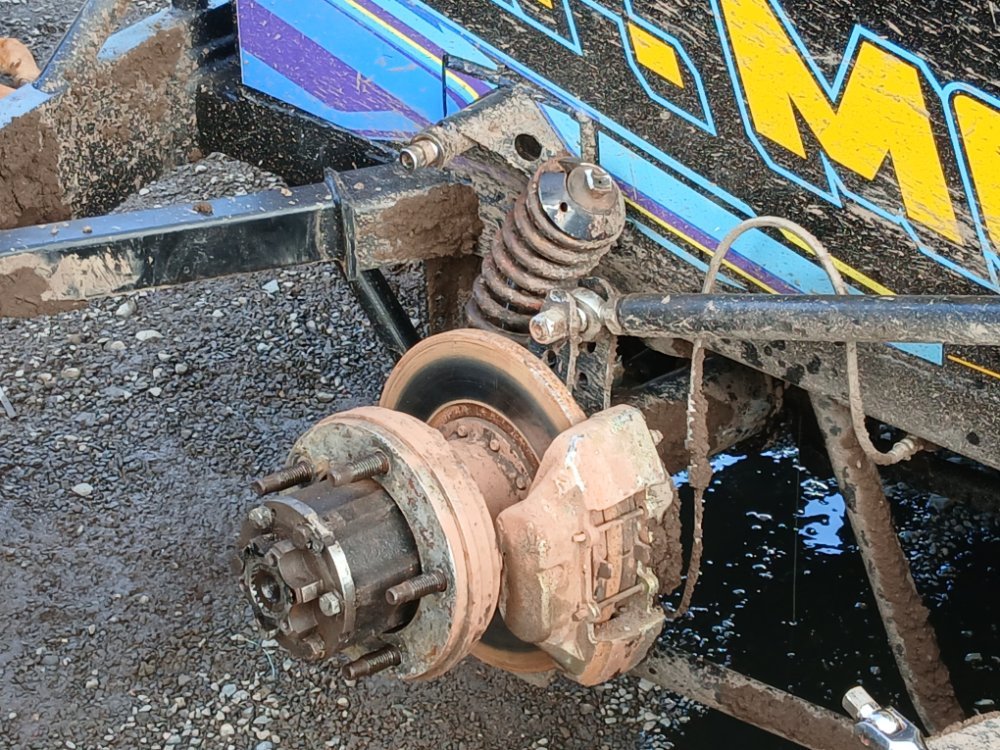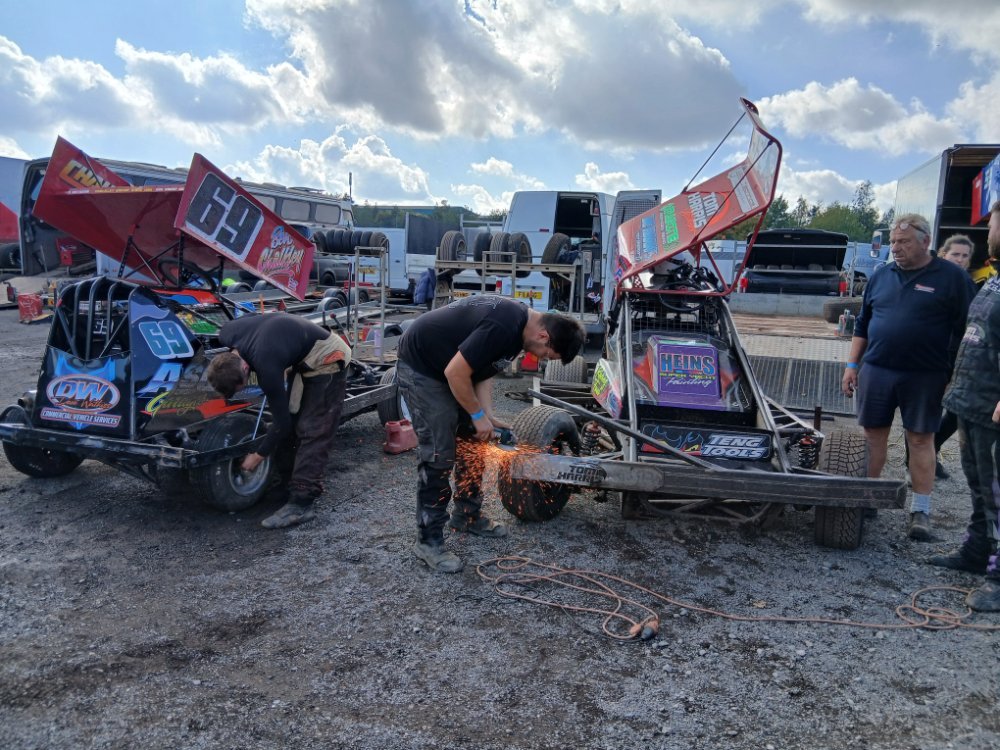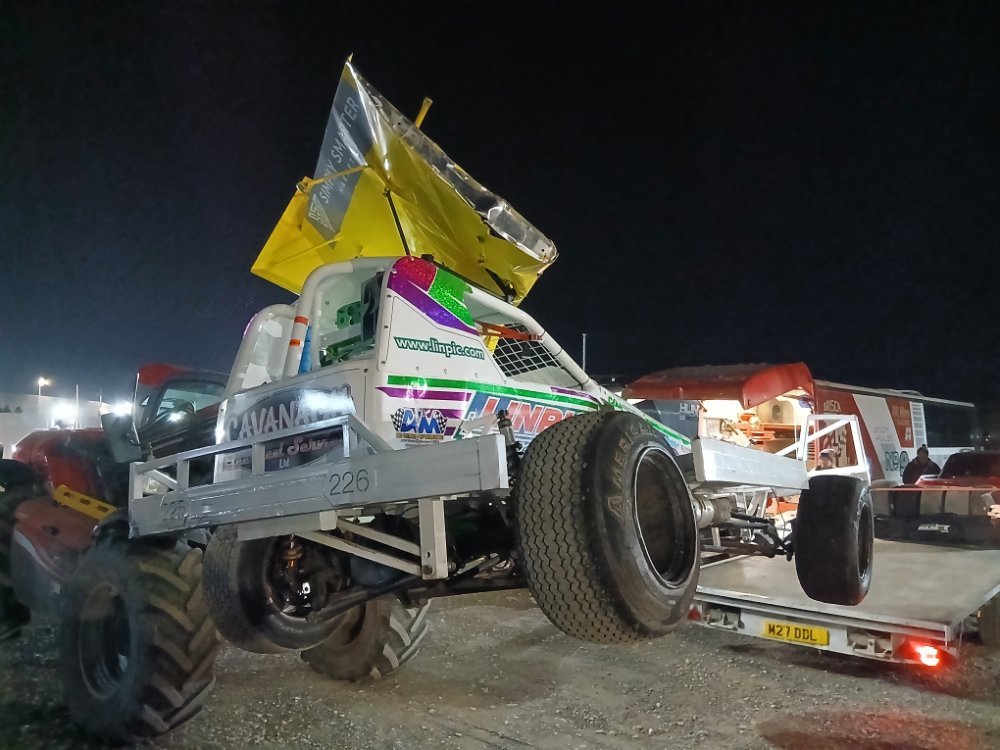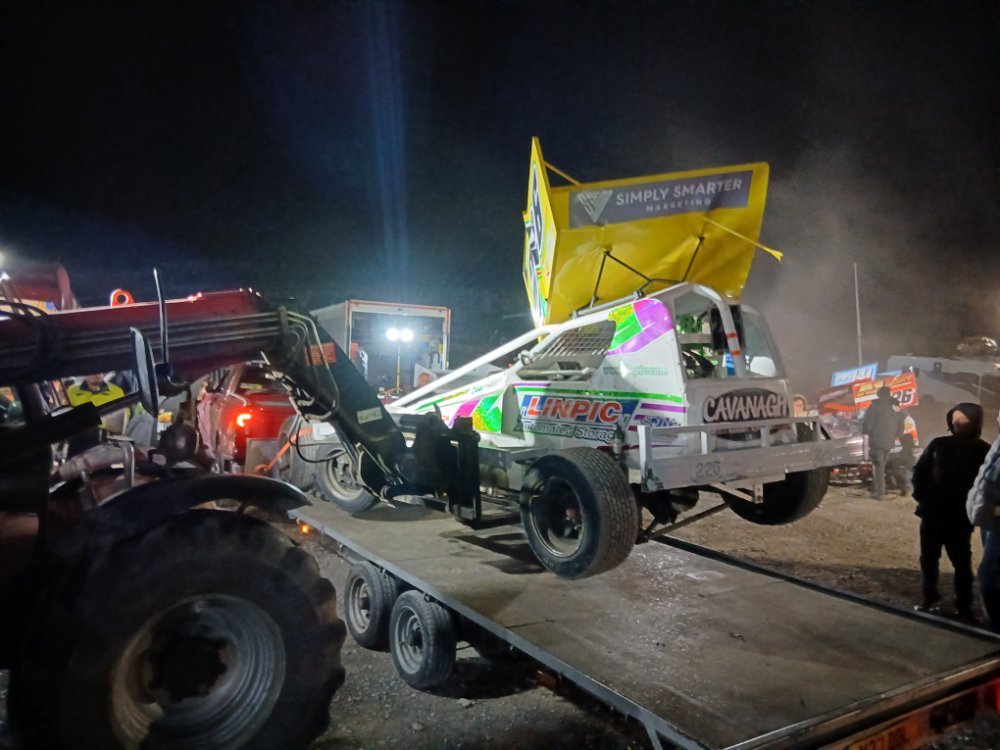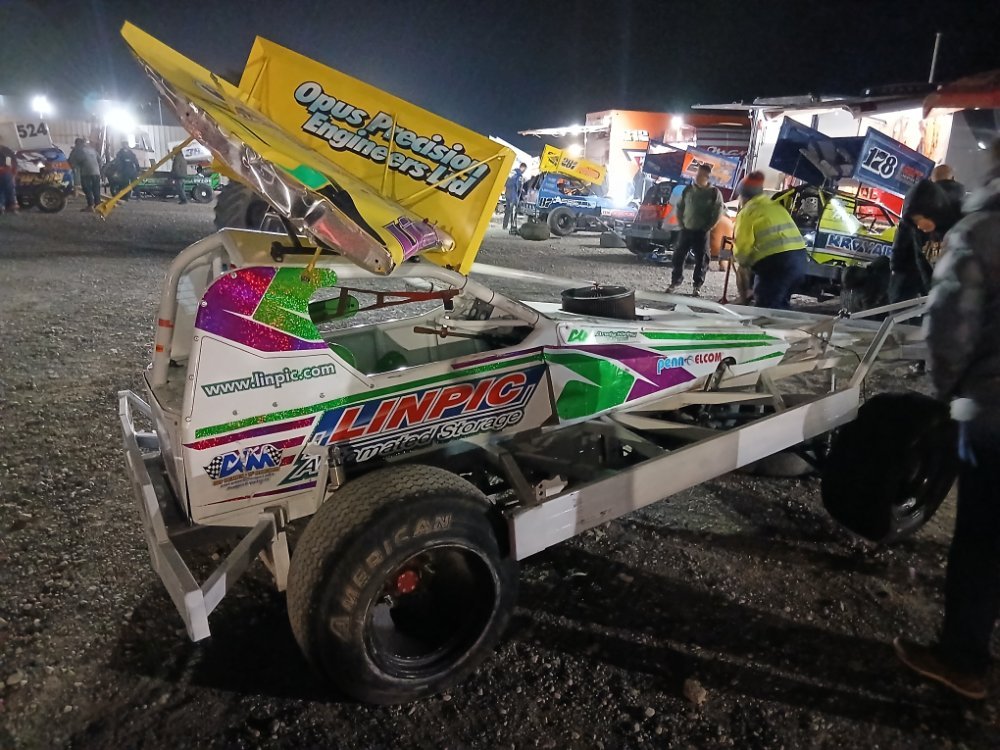-
Joined
-
Last visited
-
Days Won
178
Everything posted by Roy B
-
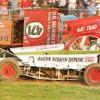
Results - King’s Lynn - Saturday 11th October 2025
Roy B replied to nic's topic in Essential Information
Many thanks Nic 👍 -
Pics in the gallery 👍
-
-
-
-
-
-
-
Pit News 515 - Cutting off rear nerf rail support: 20 - Halfshaft change after losing the rear wheel: 212- Propshaft change: 287 - Front end work: 22 - Front link bent:
-
-
Pit News 312 - Front corner bent back after the 5 fencing: 5 - Charlie with a front axle that needs a tweak:
-
Pit News 554 - Trying to sort an airlock in the rad. Swapping rad caps. 217 - Making adjustments to the carb:
-
Update on the 331 diff - Excess backlash. Should be ok to race 👍
-
-
-
Pics in the gallery. Many thanks to Stuart for the extra ones 👍
-
Pics in the gallery 👍
- 1 reply
-
4
-

Results - Scunthorpe - Sunday 28th September 2025
Roy B replied to nic's topic in Essential Information
Pit News 446 - Porta power on the front axle 55 - Replacing shredded belts 554 - Working on the front corner NZ34P - Back axle split -

Results - Buxton - Saturday 27th September 2025
Roy B replied to Roy B's topic in Essential Information
GN result: 526 22 368 524 8 555 212 16 515 178 175 1 That's all folks. Back tomorrow with Nic from Scunthorpe 👍- 27 replies
-
17
-

Results - Buxton - Saturday 27th September 2025
Roy B replied to Roy B's topic in Essential Information
526 wins the GN -

Results - Buxton - Saturday 27th September 2025
Roy B replied to Roy B's topic in Essential Information
GN Grid: Lap handicap: 1 C 325 524 389 403 B 287 A 178 22 Shooters 555 526 8 368 554 515 259 212 16 175 138 -

Results - Buxton - Saturday 27th September 2025
Roy B replied to Roy B's topic in Essential Information
Pit News: 8 - Catherine retired from the Final with a flat left rear. 226 - Lifted on to the trailer after sustaining damage in the Final: -

Results - Buxton - Saturday 27th September 2025
Roy B replied to Roy B's topic in Essential Information
Final result: 1 368 217 16 526 212 22 175 555 515 178 269 DNF: 569, 226, 8, 523 & 389 -

Results - Buxton - Saturday 27th September 2025
Roy B replied to Roy B's topic in Essential Information
With the front discs glowing orange Tom Harris wins the Final. Top 3: 1 368 217 -

Results - Buxton - Saturday 27th September 2025
Roy B replied to Roy B's topic in Essential Information
YF: 226 stuck broadside to the turn 3 fence. 1 heads the restart at this early stage.


